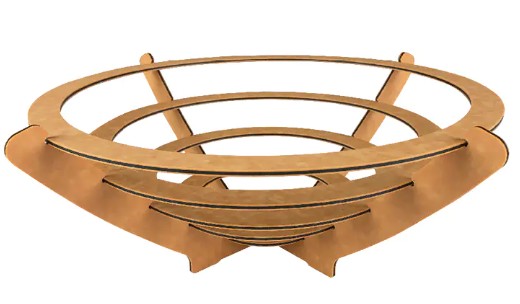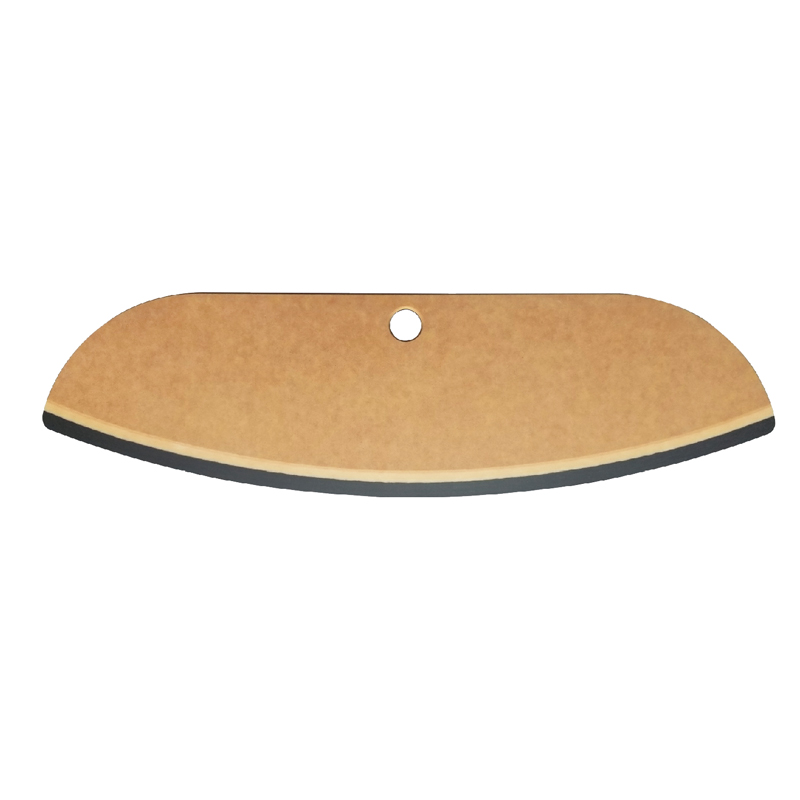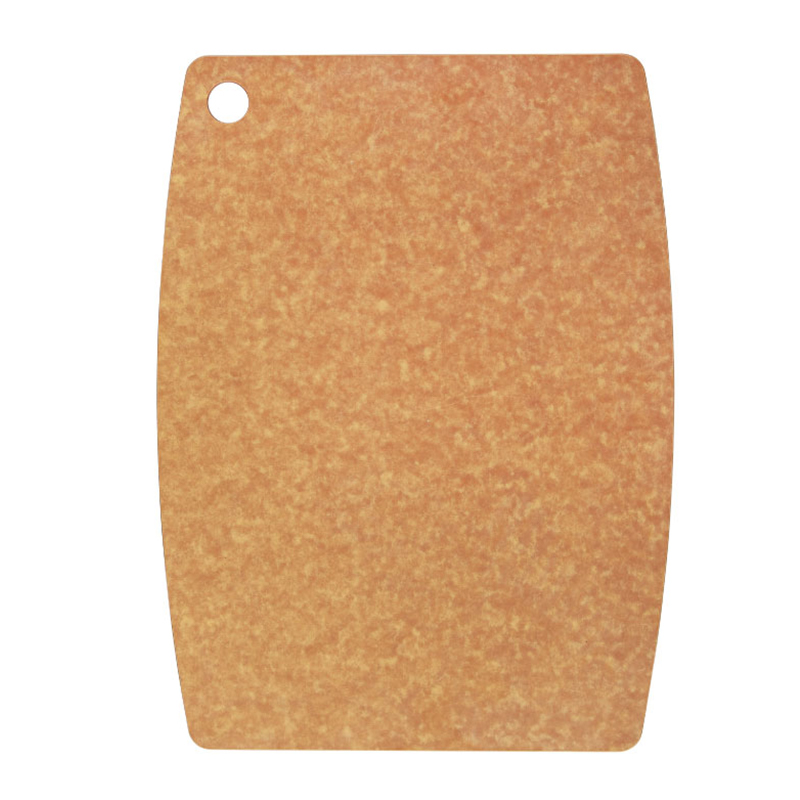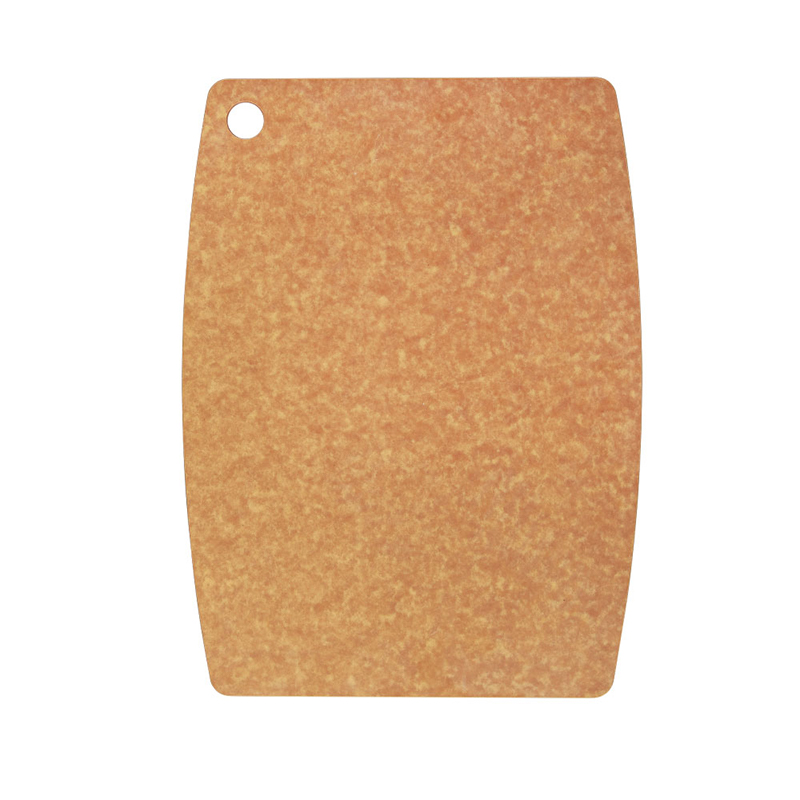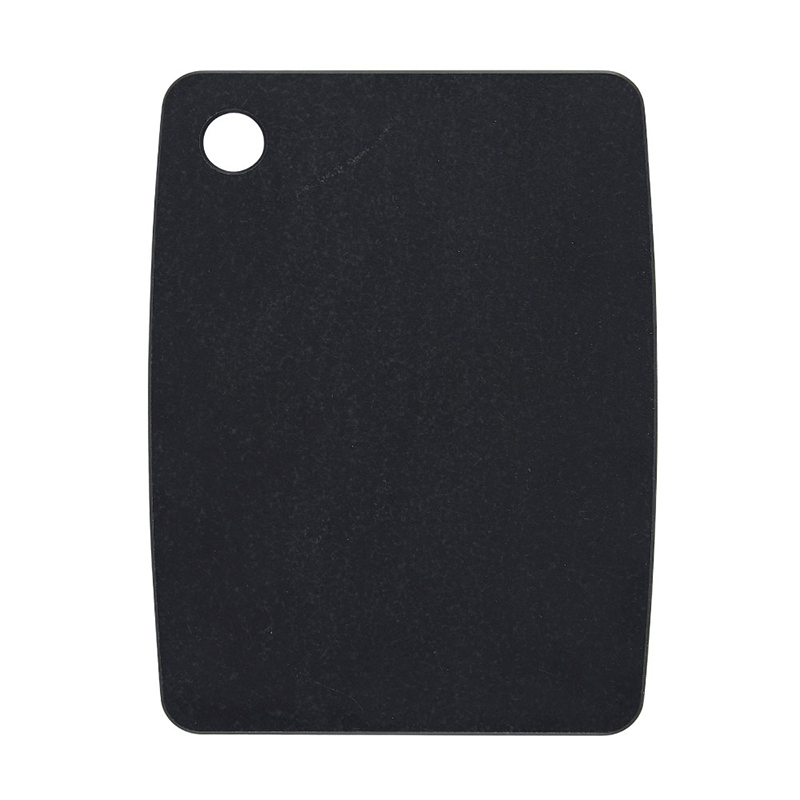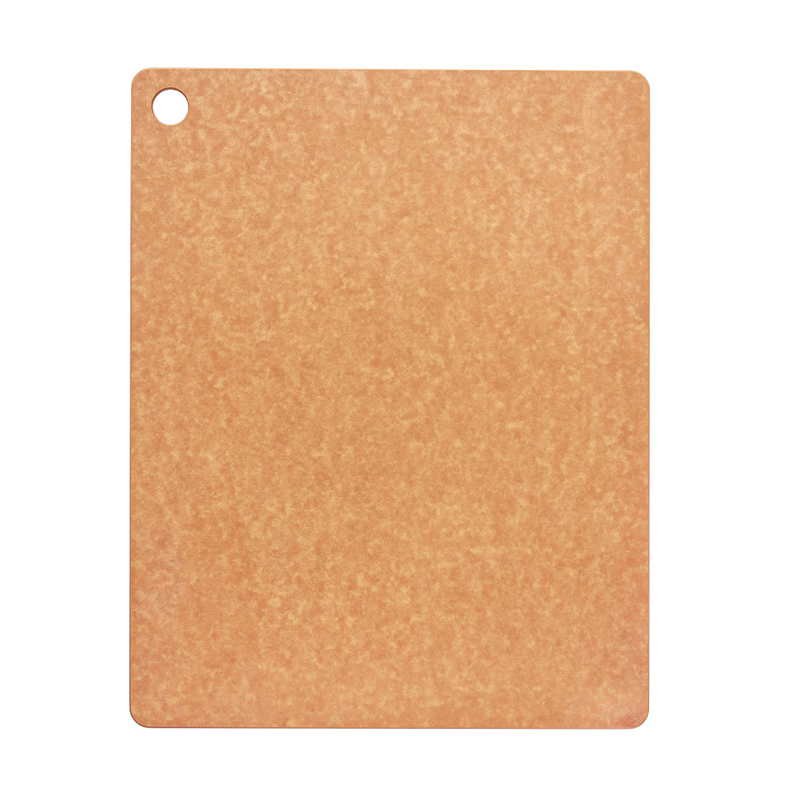-
How RPET Kitchenware Helps Reduce Plastic Waste
One such option is RPET (Recycled Polyethylene Terephthalate) kitchenware, which offers a practical and eco-friendly solution for households looking to reduce their environmental footprint. Made from recycled plastic bottles, RPET kitchenware combines sustainability with functionality, making it a smart choice for consumers who want to make a positive impact on the environment.
RPET is a type of plastic derived from the recycling of PET (Polyethylene Terephthalate) plastic, which is commonly used in beverage bottles and food containers. The recycling process involves cleaning and melting down PET plastics to produce new products, reducing the need for virgin plastic production. RPET is known for its durability, strength, and versatility, making it a popular material for a variety of applications, including kitchenware.
Advantages of RPET Kitchenware:
Eco-Friendly and Sustainable: The more significant advantage of RPET kitchenware is its eco-friendly nature. By repurposing plastic waste, RPET helps reduce the amount of plastic that ends up in landfills or the ocean. This contributes to lowering pollution levels and reducing the overall demand for new plastic materials, which are derived from non-renewable fossil fuels.
Durability and Strength: RPET kitchenware is designed to be durable and long-lasting. It is resistant to wear and tear, making it ideal for everyday kitchen tasks. Whether it's cutting boards, storage containers, or utensils, RPET products are built to withstand the rigors of daily use. Additionally, RPET is resistant to cracking and warping, ensuring that your kitchenware remains functional and attractive over time.
Lightweight and Easy to Handle: RPET kitchenware is typically lighter than products made from other materials, such as glass or ceramic. This makes it easier to handle, transport, and store. Its lightweight nature is especially beneficial for kitchen items like containers, which need to be easily moved or stacked. Despite its lightweight feel, RPET is still strong enough to provide reliable performance.
Easy to Clean: One of the key benefits of RPET kitchenware is its ease of maintenance. RPET products are typically dishwasher safe, which makes cleaning up after meals simple and convenient. The non-porous surface of RPET also helps to prevent the absorption of odors or stains, ensuring that your kitchenware remains in good condition after repeated use.
Versatile and Functional: RPET kitchenware comes in a wide range of products, including food storage containers, cutting boards, plates, bowls, and more. The material is flexible enough to be molded into various shapes and sizes, making it suitable for different kitchen needs. Whether you're looking for a durable storage solution or a functional cutting surface, RPET kitchenware offers versatility for many applications.
RPET is used in a variety of kitchen products, providing both convenience and sustainability. Common applications include:
Storage Containers: RPET is often used for food storage containers, which help keep food fresh and organized. These containers are durable, easy to stack, and lightweight, making them good for everyday use.
Cutting Boards: RPET cutting boards are a practical and sustainable alternative to traditional plastic or wood cutting surfaces. They are resistant to knife marks and easy to clean, making them a reliable choice for meal preparation.
Serving Plates and Bowls: RPET kitchenware includes plates, bowls, and serving trays that are not only functional but also lightweight and easy to maintain. These items are ideal for both casual and formal dining.
Utensils and Kitchen Tools: RPET can be used for various kitchen tools such as spatulas, spoons, and measuring cups. These utensils are strong, easy to clean, and made from recycled materials, which helps reduce waste.
RPET kitchenware offers a sustainable, durable, and practical solution for consumers looking to reduce their environmental impact while maintaining the functionality and style of their kitchen. With a wide range of applications and the added benefits of being lightweight, easy to clean, and long-lasting.

 日本語
日本語 English
English 中文简体
中文简体